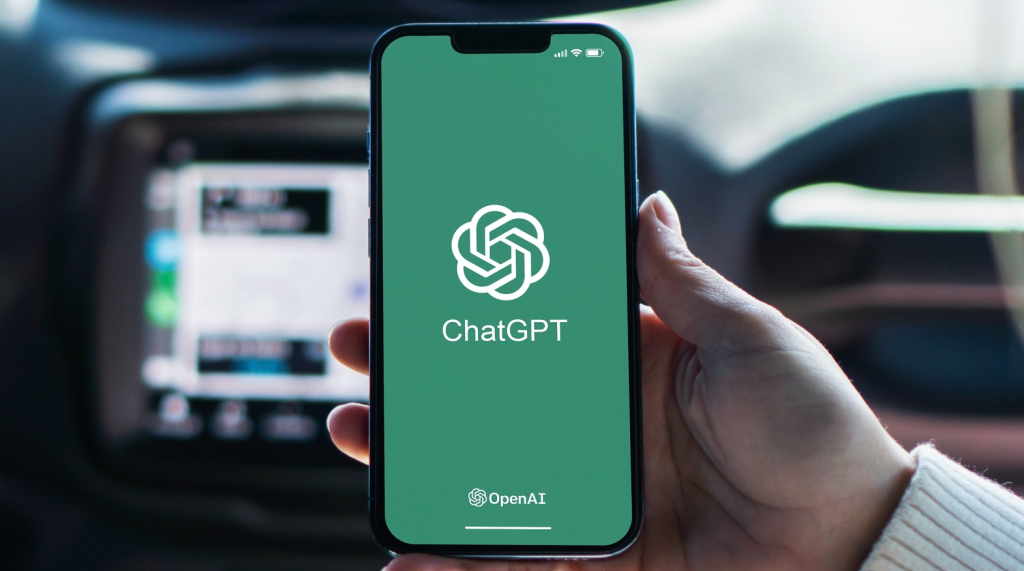Today, we’re diving into an exciting experiment that could revolutionize how we diagnose and fix car problems. Whether you’re a seasoned car enthusiast or just someone who wants to save a trip to the mechanic, this experiment using ChatGPT might be exactly what you need.
The Experiment: Can ChatGPT Help Fix My Car?
As someone with a project car and a hands-on approach to automotive repairs, I often encounter situations where I can’t pinpoint what’s wrong. The car might be making a strange noise, or it just doesn’t drive the way it should. Instead of spending hours searching through forums, websites, and YouTube videos, I decided to see if ChatGPT, an advanced AI software, could help me diagnose and potentially fix these issues.
Step 1: Identifying the Problem
In this experiment, I noticed a weird noise coming from the front suspension of my car. To get started, I opened up ChatGPT’s website (chat.openai.com), filled in the details, and described the problem. The AI quickly provided several potential causes for the clunking sound, including:
- Damaged or worn suspension components (e.g., strut or control arm)
- Loose or damaged brake caliper
- Issues with the ball joints
- Problems with the wheel bearings
The suggestions made sense based on my experience with similar issues, and while it recommended seeing a mechanic, the AI provided a solid starting point for my investigation.
Step 2: Diagnosing More Complex Issues
Next, I wanted to see how ChatGPT handled more complicated problems, like black smoke coming out of the exhaust. This is a common symptom of aging vehicles, often caused by sensors and other components failing. According to ChatGPT, the possible causes for black smoke included:
- Engine burning too much fuel (due to issues like a malfunctioning fuel injection system, clogged air filter, or vacuum leak)
- Low engine compression
- Damaged valve
- Damaged cylinder
Again, the AI was spot-on with its suggestions, aligning with what I know about these issues. While it advised getting a mechanic’s help, ChatGPT offered a comprehensive list of potential problems, making it easier for me to diagnose the issue myself.
Step 3: Tackling Transmission Troubles
Finally, I tested ChatGPT with a common problem for manual transmission cars: not going into gear when the clutch is depressed. The AI identified several potential causes, such as:
- Low or dirty transmission fluid
- Clutch linkage or cable problems
- Clutch hydraulic system issues
- Worn or damaged gears
- Synchronizer problems
Once again, the advice was accurate and helpful. ChatGPT highlighted the importance of professional diagnosis for such issues, but it also gave me a clear idea of what to look out for.
After testing ChatGPT with various car problems, I’m genuinely impressed. The AI provided accurate, relevant suggestions that could save time and effort for car owners. While it’s not a replacement for a mechanic, ChatGPT is a valuable tool for diagnosing issues and gathering information before making a trip to the repair shop.
If you’re into DIY car repairs or just want to be more informed about your vehicle, give ChatGPT a try. It could be a game-changer for you, just as it was for me. Let me know your thoughts in the comments, and don’t forget to like, subscribe, and stay tuned for more experiments and car tips!

